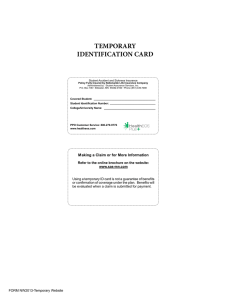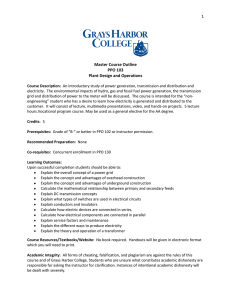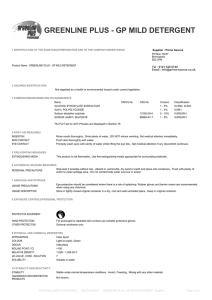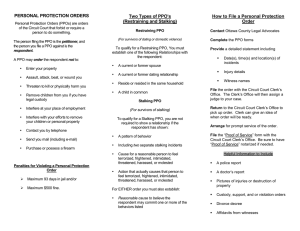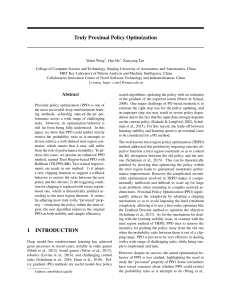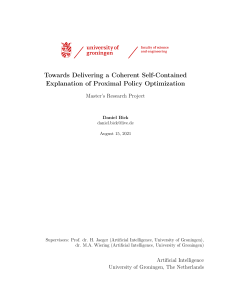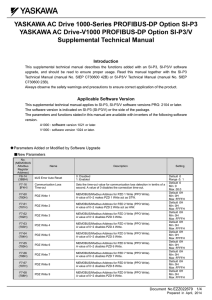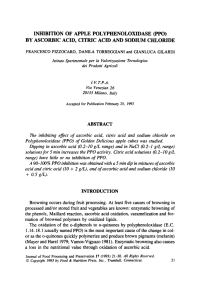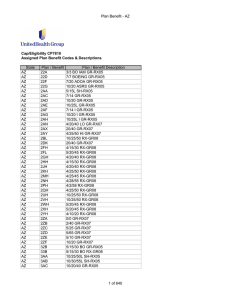Handel, Kolstad & Spinnewijn “Information Frictions and Adverse Selection:
advertisement
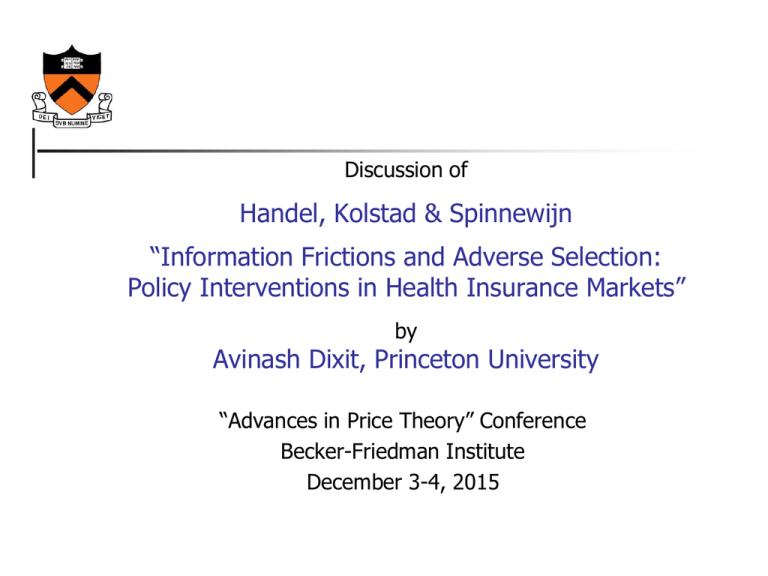
Discussion of Handel, Kolstad & Spinnewijn “Information Frictions and Adverse Selection: Policy Interventions in Health Insurance Markets” by Avinash Dixit, Princeton University “Advances in Price Theory” Conference Becker-Friedman Institute December 3-4, 2015 Achievements of paper Adverse selection and information frictions modeled in familiar supply-demand form: slopes, shifts, rotations of D and MC curves Continuum, multidimensional heterogeneity Welfare losses displayed as familiar areas; helps quantify effects of policies Interesting finding: complementarity of policies – informing consumers and making risk-adjustment transfers to insurers Limitations of paper Only price competition for one fixed contract (or can compare two), not over offering new contracts as in R-S. High-deductible (HDHP) and PPO plan have same network, but out-of-network copay is 20% for PPO, 30% for HDHP. Therefore PPO has some option value in face of uncertainty: how best to meet future health care needs. Bigger issue for typical EPO vs PPO choice. Comments Moral hazard: risk-adj transfers in practice based on realized costs, so firms can game them by reporting riskier codes. How to model: true vs. reported MC curves? Question: what is the underlying concept of equilibrium? Competition with many firms coexisting, or contestable market (Baumol)? Relevant for firm’s HR department’s choice of plan provider(s). Other policies to cope with adverse selection Uberrima fides: insured must declare all known relevant facts; if found out concealing any, insurer can deny claim, void contract. Investigation only ex post if a claim made, so low cost. Can greatly reduce non-existence problem in R-S, get Pareto-better outcome. Poor/no enforcement in US; stricter in Britain, even more so in France etc. General thoughts on price theory Reducing a complex, rich situation to 2 or 3 “sufficient statistics”, ideally in a figure. Any 2, 3? Can always reduce system to 2, 3 variables by solving remaining equations. Do IS-LM, int-ext balance qualify? What about mean-variance frontier? My opinion: best such variables are pairs of “canonical conjugates” whose product is part of Hamiltonian, like price and quantity (or indexes), position and momentum in physics. Price theory contd. Hides a lot of background modeling, calculation. Must be judged by results – Do they improve and simplify our understanding, and facilitate further use? Therefore doing price theory is an art. Doing, expositing research is always an art. Final aim is to solve puzzles, problems. Don’t elevate any one method. Keep all in toolbox; use the one best suited to context. An illustration Puzzle in political economy – why is amount of money in lobbying very small relative to value of favors received? Literature has complex game theory models, but price theory answer is simple, intuitively appealing Schematic supply-demand diagram in market for political favors: Illustration contd. To explain findings, supply curve should be: (1) Low – pols have low opportunity costs; not much skill at anything else (2) Highly elastic – large numbers of people very responsive to its benefits
